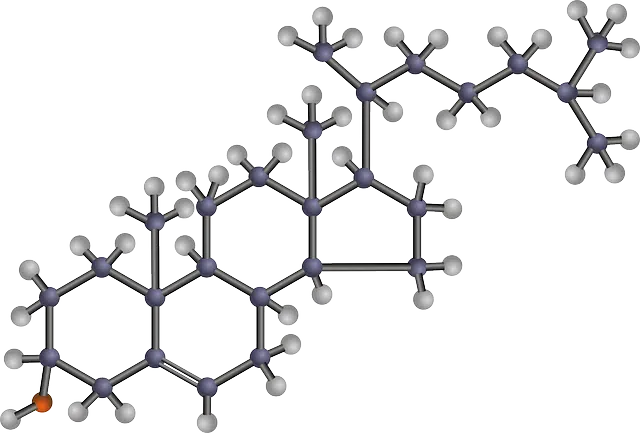
Organic chemistry analyzes substances that contain carbon.
The Egyptian word keme became chemistry , a science oriented to the analysis of the composition, properties, structure and changes of matter . This science is linked to the alchemy of antiquity.
It is possible to recognize different classes of chemistry according to its object of study. Organic chemistry focuses on substances whose molecules have carbon . This means that organic chemistry studies compounds with carbon-hydrogen, carbon-carbon or other types of covalent bonds .
Features of organic chemistry
The development of organic chemistry is linked to the creation of certain methodologies to analyze substances of plant and animal origin. Using solvents, scientists began to isolate and synthesize various organic substances.
The basis of organic chemistry, in short, is carbon. The atoms of this chemical element have a valence shell with four electrons . To complete it, it must form four bonds with other atoms, according to the so-called octet rule . The formation of covalent bonds is simple for carbon, which achieves its stability by creating bonds with other carbons in closed or open chains.

Organic chemistry examines compounds that have covalent bonds.
Different types of compounds
Organic compounds can be defined in different ways according to functionality, origin, etc. Organic chemistry, in this sense, talks about proteins , lipids , carbohydrates , alcohols , hydrocarbons and other compounds.
Since living beings are made up of various organic molecules, this branch of chemistry is very important for understanding life. Food and antibiotics, for example, are made of carbon.
History of organic chemistry
The origin of organic chemistry dates back to the 1930s . As science developed new methods to analyze substances of plant and animal origin, based on the use of solvents such as alcohol or ether, the possibility arose of isolating a high number of organic substances that were called immediate principles .
In general, the conception of organic chemistry is linked to the work of Friedrich Wöhler , a German chemist who in 1828 discovered that ammonium cyanate (an inorganic substance) could be transformed into urea (an inorganic substance present in the urine of various animal species). Prior to this discovery, scientists were convinced that to carry out the synthesis of organic substances it was necessary for living organisms to intervene, which they called the vital force .
In other words, Friedrich Wöhler 's discovery demonstrated that organic substances were not so far from inorganic ones, that there was no indestructible wall between them. Almost three decades later, a British chemist named William Henry Perkin accidentally made the first organic dye while studying quinine; His creation is currently known as Perkin's mallow and contributed positively to the interest that the industry showed in organic chemistry in general.
Differences between organic chemistry and biological chemistry
Questions often arise about the difference between organic and biological chemistry; In short, the latter focuses on DNA molecules, which carry with them their own history, and this can be appreciated by scientists when they study them, while the organic ones ignore yesterday, their evolution throughout their history. history, since they only have information about the present.
Some of the antecedents to Wöhler's discovery that were significant for organic chemistry are the following:
* in 1675 Lémerg made a classification of chemical products according to their origin (animal, vegetable or mineral);
* In 1784 Lavoisier proved that all animal and vegetable products have hydrogen and carbon in their composition;
* In 1807 Berzelius proposed the classification of chemicals into organic and inorganic.
